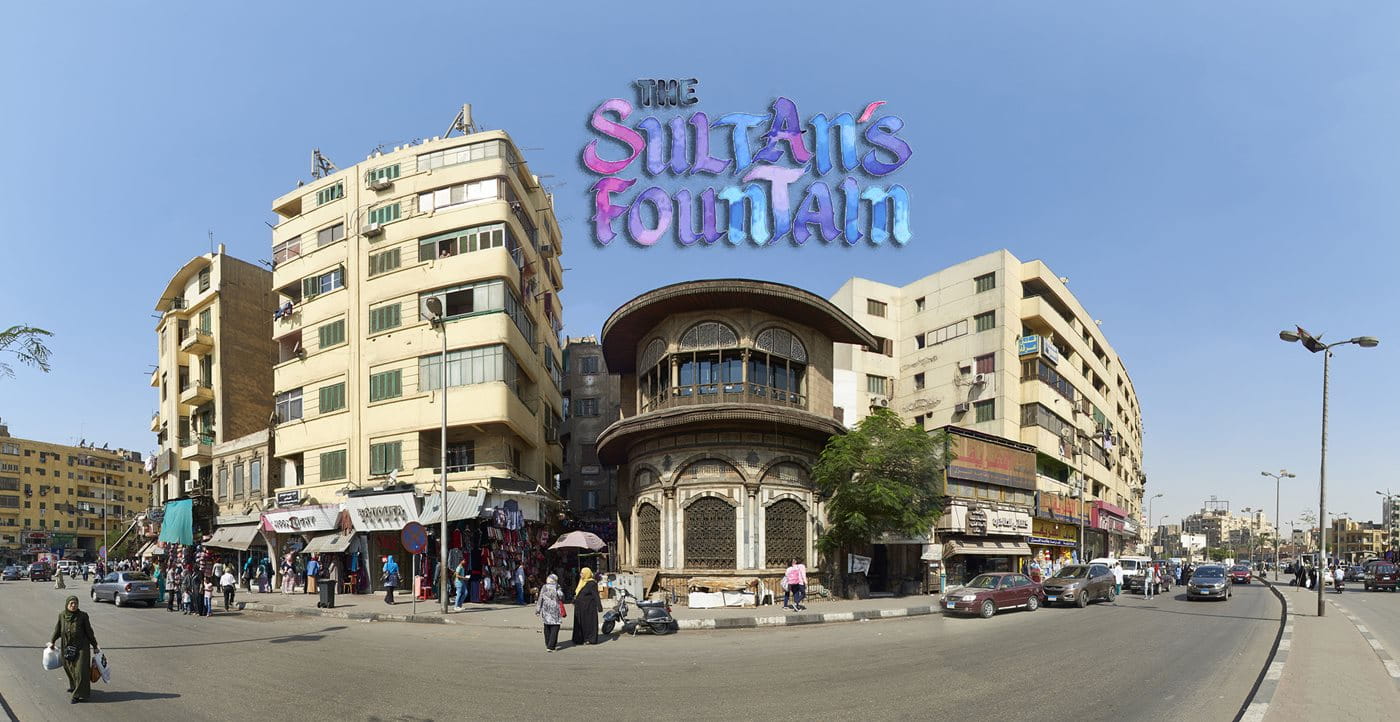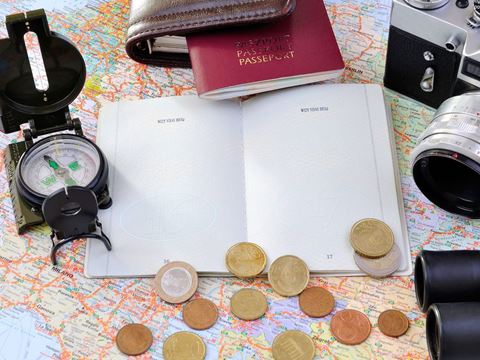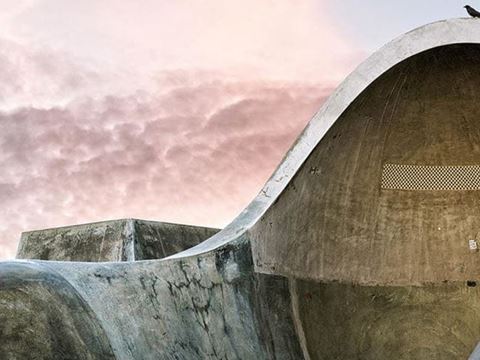
Deciphering Meaning from Visual Context
Architecture
History
North Africa
For teachers: We encourage reproduction and adaptation of these ideas, freely and without further permission from AramcoWorld, by teachers at any level.
Common Core Standards met in this lesson: RI.9-10.1, RI9-10.2, W.9-10.2, W.9-10.4 (see details below).
—The Editors
Do you have comments? I'd be pleased to hear from you at [email protected].
—Julie Weiss
"The Sultan's Fountain"
“Historic buildings can speak in many ways, if we wish to listen,” write Agnieszka Dobrowolska and Jaroslaw Dobrowolski. In "The Sultan's Fountain," they examine one historic building to see what it says. By the time you finish these activities, based on the article, you will be able to do the following:
•Explain what a sabil-kuttab is.
•Place the sabil-kuttab of Sultan Mustafa III in historical context.
•Piece together and write the story that the sabil-kuttab tells.
•"Listen" to another building and tell its story.
How does a building speak?
When writers Agnieszka Dobrowolska and Jaroslaw Dobrowolski say that historic buildings speak, they don't mean the buildings literally speak. If you go to an old building, you're not likely to hear its walls utter words or its pipes tell you stories. What, then do, the authors mean when they say buildings speak? Think about all the things you see every day that tell you something—that give you information— without even speaking words.
Here are a few examples: If you see someone wearing sunglasses, what do the sunglasses "tell" you? They might tell you that it's probably sunny in the place the sunglasses wearer is. If the same person is wearing a heavy wool coat, it is reasonable to assume that it's cold there, too. As a class, brainstorm some other examples of objects that "speak" to you, providing information in non-verbal ways. Remember this way of communicating while taking a brief detour to make sure you understand some basics in the article.

Background: Laying the Foundation
To understand the building that the article focuses on, start by getting to know a few basic facts. Think of them as the foundation, not of the building itself, but of your understanding of the building. Here are a few questions to answer. You can write down answers, or talk about them with a partner or group?•What are sabil-kuttabs?
•What purposes do they serve?
•What was unique about them in Cairo?
Now that you've answered some of the "what" questions, turn your attention to the "when" questions. Make a timeline that starts in the 1200s and ends at 1800. As you read the article, write below the timeline the important dates for political events and the reign of leaders. Start with the following: What happened in 1517? What was going on in the 250 years before 1517? Then, above the timeline, note key events such as the construction of specific buildings that were cultural. Be sure to include—and highlight—the sabil-kuttab of Sultan Mustafa III. In addition to specifics, label larger cultural influences. Such influenced are not tied to a specific date, but rather to a period of time such as the era in in when Mamluk or Ottoman influence was particularly strong.
What Does the Building Say?
"The Sultan's Fountain" describes both Mamluk and Ottoman architectural features. Which are which? As you read this part of the article, clarify your understanding by filling in the T chart below.| Ottoman Architectural Features | Mamluk Architectural Features |
Yet another way that buildings communicate with us is by where they're located. What does the article say about the building's location in Cairo? Where was the building relative to the canal and to other buildings? What does the location reveal about the political climate at the time the sabil-kuttab was built.
What's the Story?
Choose one of these options as a culminating activity.
1. What does the sabil-kuttab tell? Write it in a one-sentence summary. Then use that sentence as the thesis of an essay in which you use evidence from the article to support the accuracy of the story you have identified.
2. Spoiler alert: If you want to start with a thesis in hand, here is one you can use. If you're going to generate the story yourself, stop here! If not, here's your thesis: The sabil-kuttab of Sultan Mustafa III tells a story about how two cultures co-existed in 18th-century Cairo.
Follow Up
If you're intrigued by the idea that historic buildings can speak, try listening to another historic building. Identify such a building that you're familiar with—perhaps one near your home and/or one that you've visited. Find out when it was built. What was going on politically at the time. (These are the kinds of events that would be added under your timeline.) What was going on culturally? (This is the kind of information that would be added above your timeline.) Within the political and cultural contexts, what does the building say? Write your answer as did for the sabil-kuttab.
Common Core Standards met in this lesson:
RI.9-10.1 Cite strong and thorough textual evidence to support analysis of what the text explicitly and implicitly says.
RLI.9-10.2 Determine a central idea of a text and analyze its development over the course of the text, including how it emerges and is shaped and refined by specific details; provide an objective summary of the text.
W.9-10.2 Write informative/explanatory texts to examine and convey complex ideas, concepts, and information clearly and accurately through the effective selection, organization, and analysis of content.
W.9-10.4 Produce clear and coherent writing in which the development, organization and style are appropriate for the task, purpose and audience.
Other lessons
.jpg?cx=0.5&cy=0.5&cw=480&ch=360)
Teaching Science? Start With a History Lesson
For the Teacher's Desk
Including historical findings can help students understand how science advances—one step at a time, often with a bit of help from serendipity.
Aramco World Learning Center: No Passport Required
For the Teacher's Desk
Project-based learning lies at the heart of AramcoWorld’s Learning Center. Link its resources into classroom curriculum, no matter the subject.
Skate Parks in the Abstract: Analyzing the Alternative World of Abstract Photography
Art
Architecture
Americas
Explore how photographer Amir Zaki’s framed shots alter perceptions of reality.